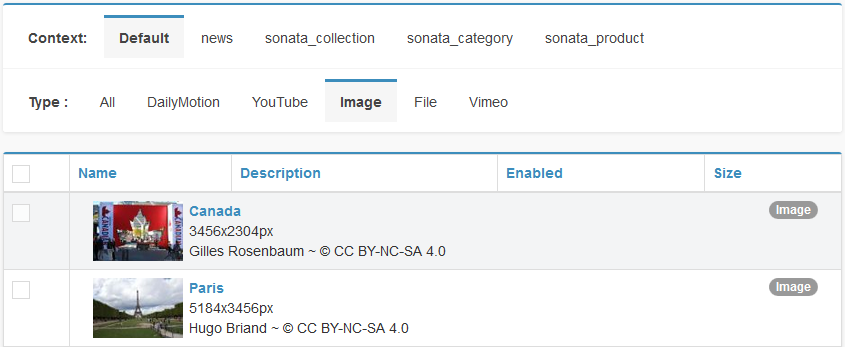Recently I was working on a project with FOSUserBundle. It was best choice instead of implementing the whole user system from scratch. Unfortunately, after a while it became clear, that the bundle doesn’t fulfil all of my requirements and therefore I had to make some modifications. I’ve found the solutions not to be totally obvious, so I decided to write it together in this blog post. Another post on FOSUserBundle is my tutorial how to change the password constraints in FOSUserBundle.
Note: This post is about the 1.3 version of FOSUserBundle. Version 2.0 is not stable yet, but it has much better extensibility.
The first thing to do, when extending the bundle, is to create a new bundle, which extends the original FOSUserBundle. This will enable you to overwrite controllers and configuration files with your own implementation. I’ll call it Acme\UserBundle in the following examples.
